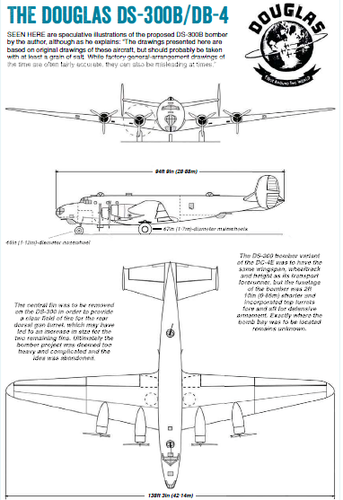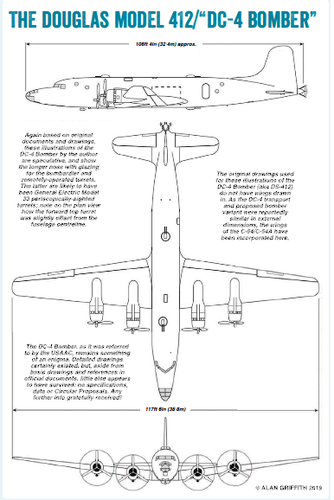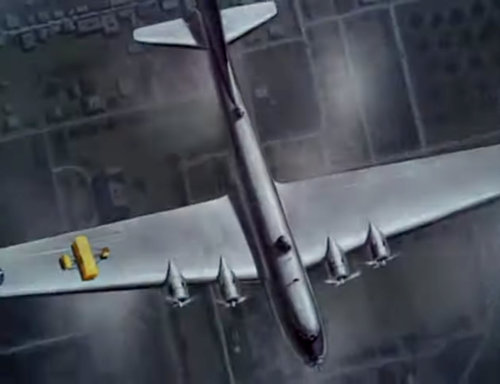- Joined
- 6 September 2006
- Messages
- 4,834
- Reaction score
- 9,459
My assumption is that it will be for the smaller and independent collections and perhaps where some the larger 'national' archives can deposit things. Air Britain for example is involved, they have a ton of stuff it seems but no real archive as such that is regularly accessible. I can't see BAE Systems for example consolidating all their material yet, though I suspect in the long-term it might prove difficult to keep several sites going. If Leonardo ever closes Yeovil then the Westland/Fairey material would need a place to go, so some future proofing would be sensible. Whether it can happen on an achievable timescale and effort who knows? Getting more collections onto the TNA's Discovery catelogue (as some of Aerospace Bristol's are) would be a welcome start.Interesting. Given the large number of archives in the country, and the variable ease of access to these, it will be a task of epic proportion. I wish whoever is leading this the very best of luck and they have my full support, for what it is worth. I am a volunteer at the Royal Aero Club Trust archive which contains a significant amount of material relating to aircraft and projects unrelated to the Club and I am slowly drawing this together in a catalogue, of sorts.




